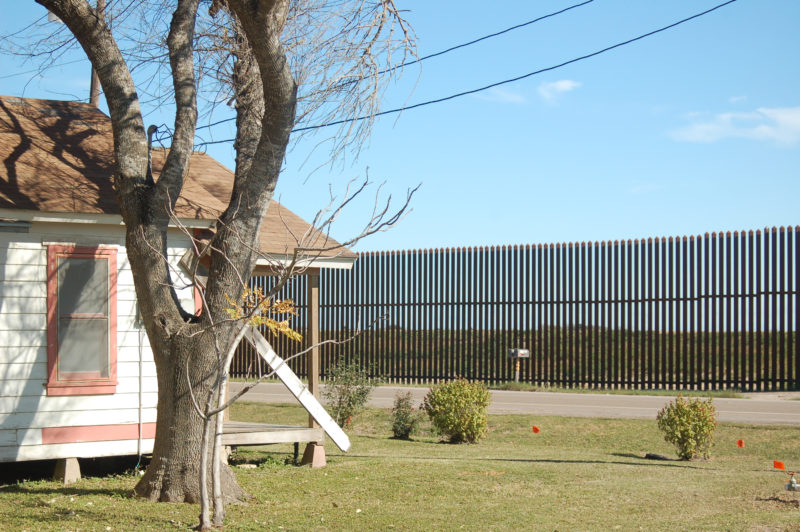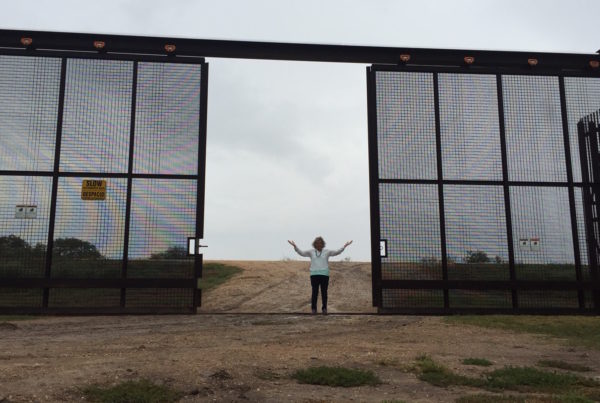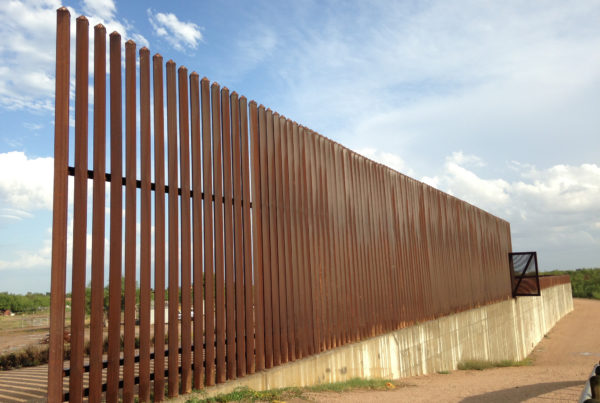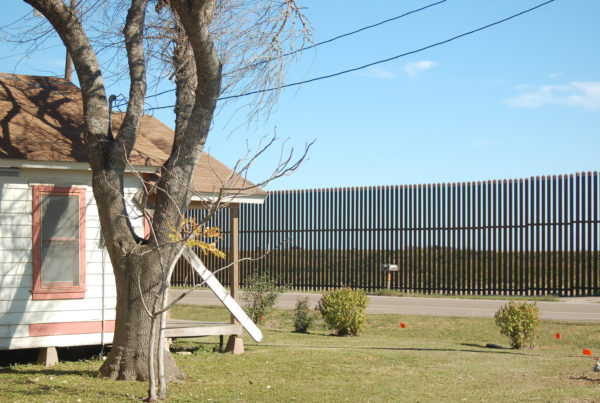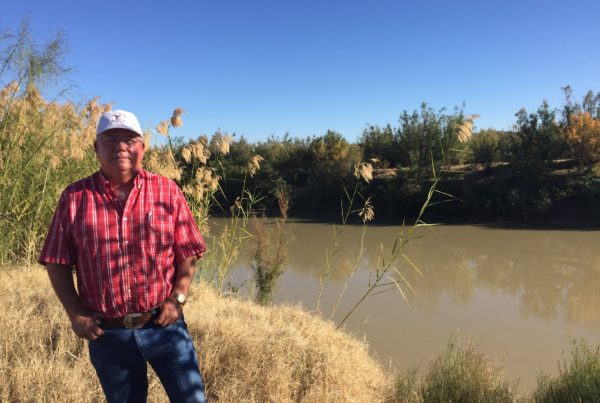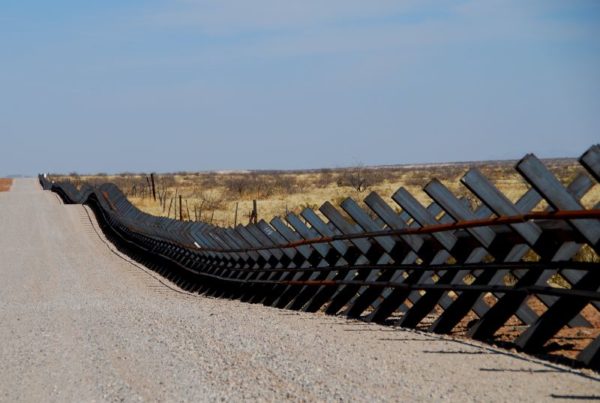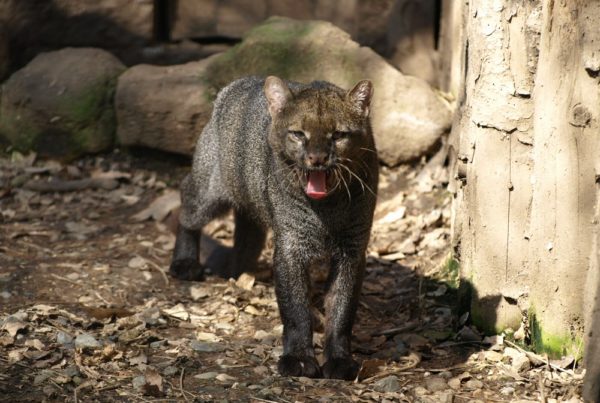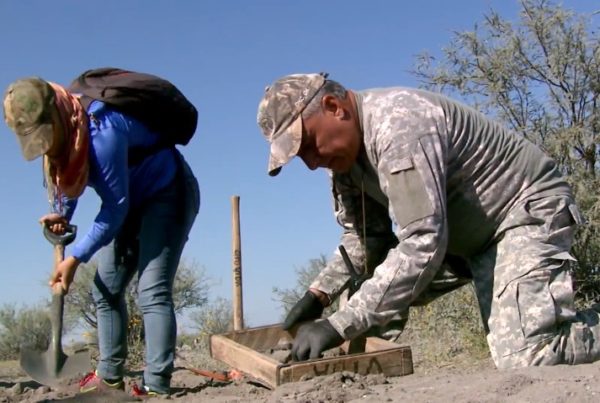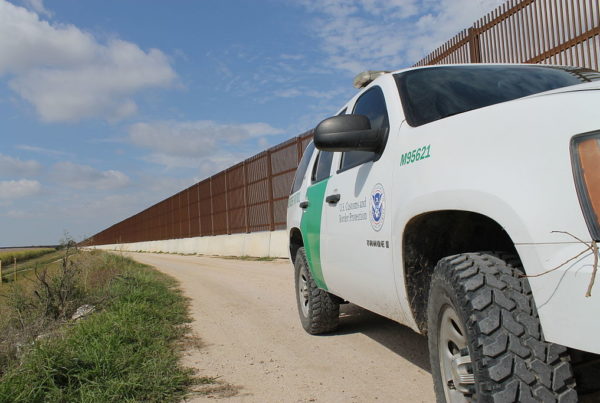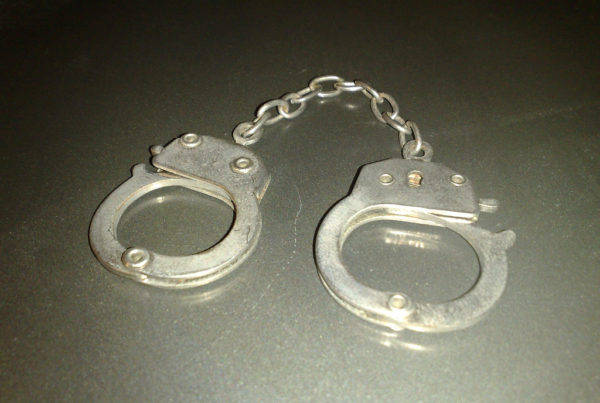It’s just before the holidays in McAllen, a town of 130,000 on the U.S.-Mexico border. Basilisa Valdez sits in the kitchen at her sister’s house, waiting for relatives to arrive. Here, that means some come from across town, and some from Reynosa, just across the river in Mexico. Before 2008, when a concrete and steel border fence went up along the Rio Grande, she says the two cities could seem like one. But after the wall, she says it’s tough for people who’ve spent most of their lives seeing the borderlands as a single entity.
President-elect Donald Trump and border-wall proponents forget that for decades before 9/11, passage between the U.S. and Mexico was easy, especially for the towns separated by just a sliver of the Rio Grande.
Families spread out and set down roots on either side, creating a web of cultural interconnectivity – a unique shared identity.
“When I see the wall, I feel like they’re trying to separate people,” she says. “I feel like we’re not united.”
She was born in Mexico and came to Texas four decades ago looking for work.
“When I was young I worked in a daycare,” she says. “I learned English in less than six months.”
Since then, Valdez built a successful career and became a U.S. citizen. Her father still lives on the other side of the border, and so does her niece, Dayna de la Cruz, a social worker in Reynosa. She’s visiting today and doing some Christmas shopping in the U.S. De la Cruz feels welcome here but hates seeing the wall as she passes into McAllen.
“Muy mal, Muy mal.” The wall is bad for the people and it’s an unnecessary expense, de la Cruz says in Spanish.
Neither de la Cruz or Valdez agrees with Trump’s calls to expand the wall. The costs to the community are too high, they say, especially for something that doesn’t work.
“It’s just a waste of money,” Valdez says. “That’s not going to stop the people from coming over. There’s always a way to come in.”
Texas Rep. Poncho Nevárez (D-Eagle Pass) says not just families, but border cities have commonalities that tie them together.
“I can not think of one border city that would not feel that bond with their sister city or brother city, if you will, on either side of the river,” Nevárez says. “There’s familial ties, there’s business ties. I tell people that there’ll be a time – maybe in 1000 years there won’t be a United States or a Mexico or a Texas. And we won’t call ourselves Texans or Mexicans of Americans, but we’ll just be fronterizos – border people.”
Right now, Nevárez’ district spans an immense swath of West Texas with little border fencing. It’s a place where the Rio Grande provides life for people on either side.
“Even though it’s a division – if you will – it really does bind us,” Nevárez says. “It really does flow through both communities. Not one community can lay any greater claim to the river than any other. I think that’s probably true all the way from El Paso all the way to Brownsville. From Ciudad Juarez to Cuidad Matamoros on the Mexican side.”
Like Basilisa Valdez, some south Texas residents say the section of border wall already standing hurts families and they don’t want it expanded.
Michael Seifert lives in Brownsville, where the border meets the Gulf. He says Trump’s plan is “folly.”
“I have yet to meet a single official, a federal agent or a local police person – or just a regular person – in South Texas who thinks the border wall is a good idea,” Seifert says. “And to think they’re going to just extend that folly out. It’s just – good lord.”


